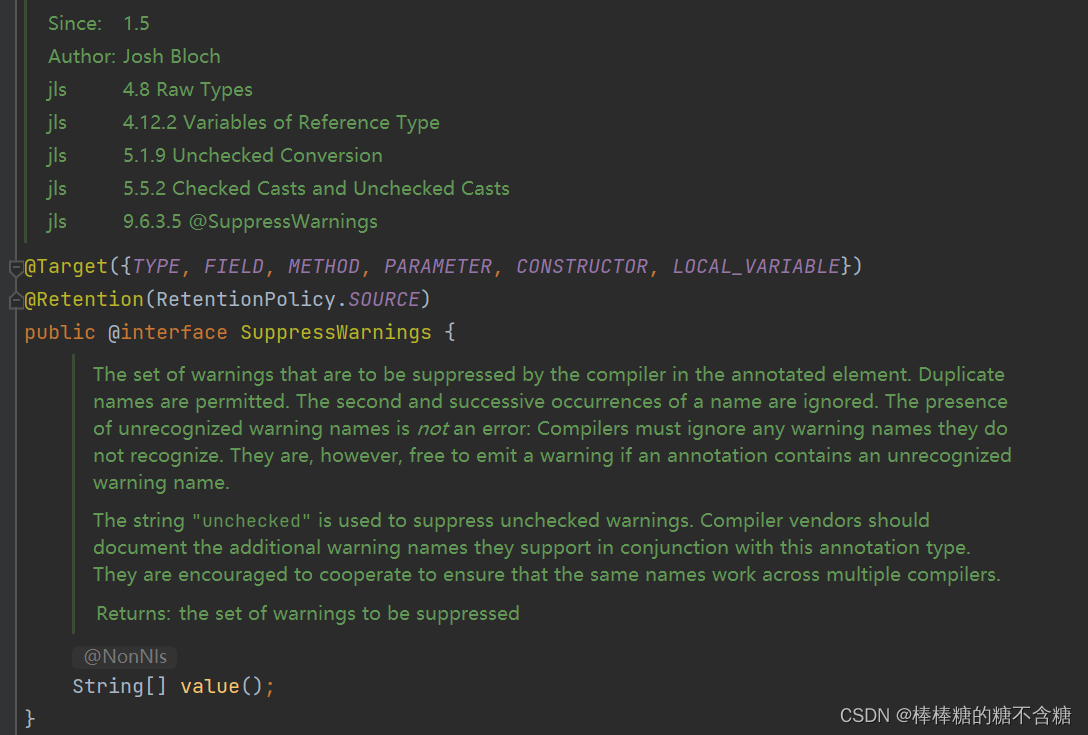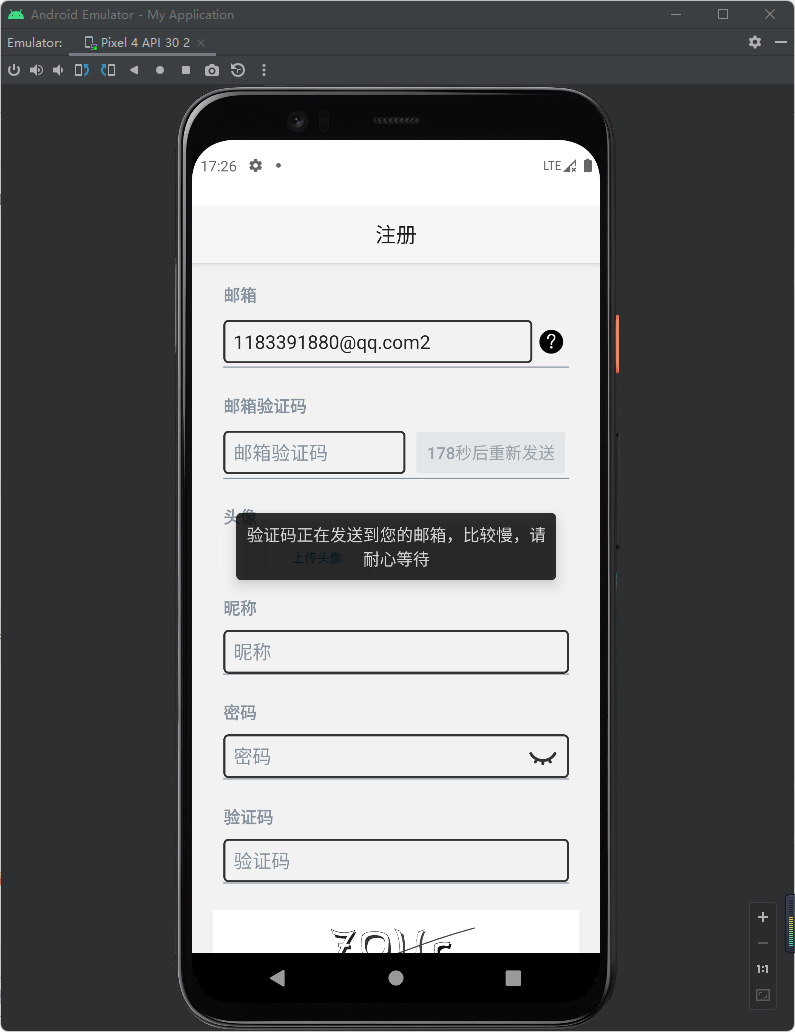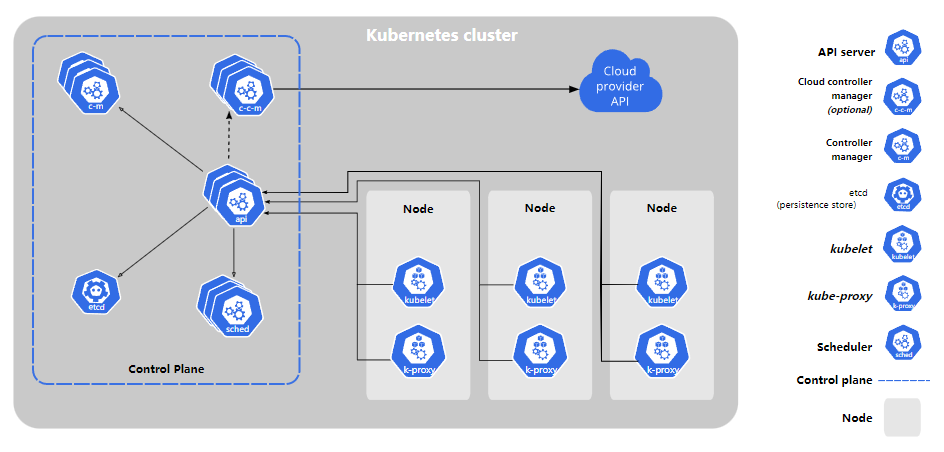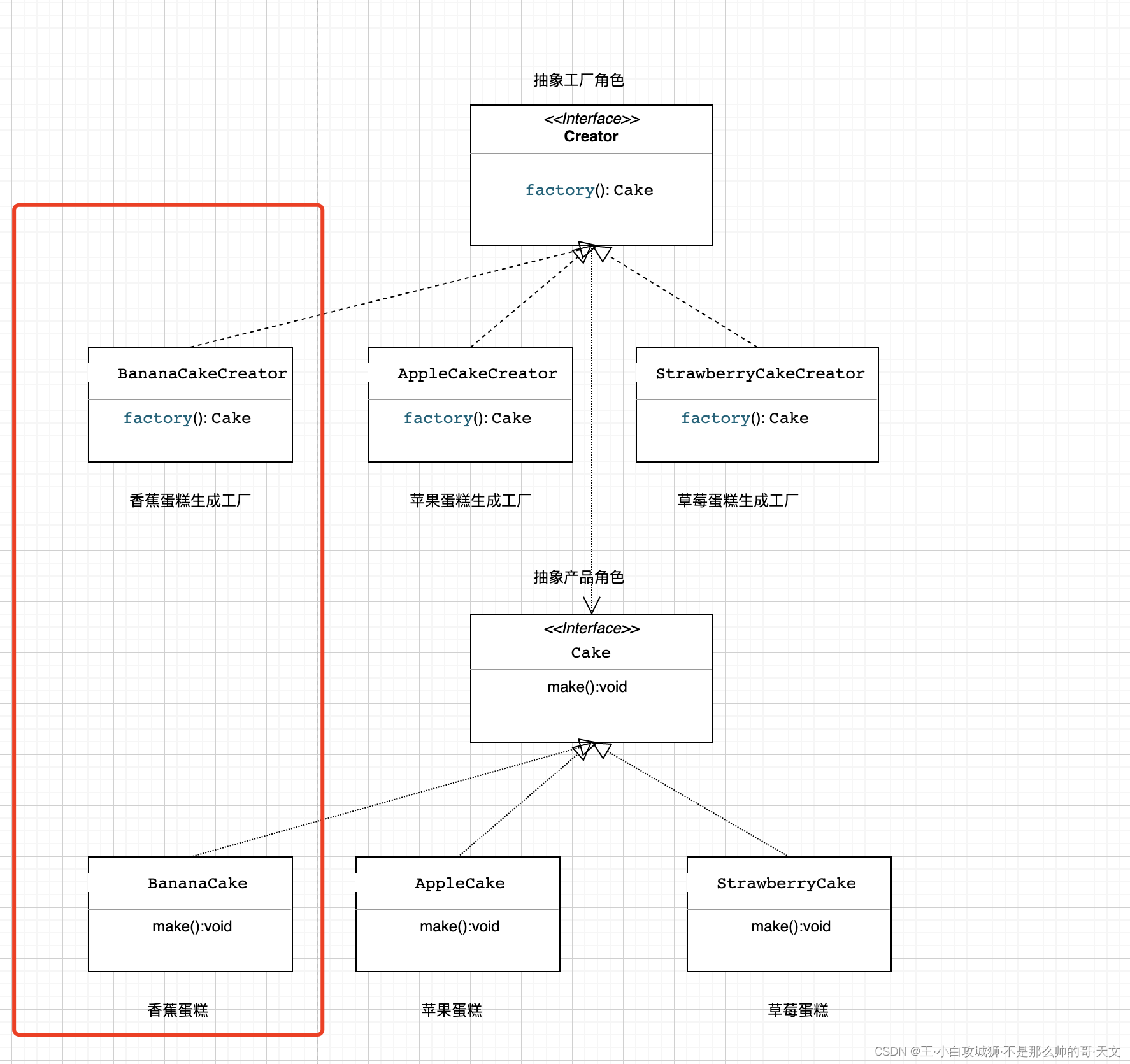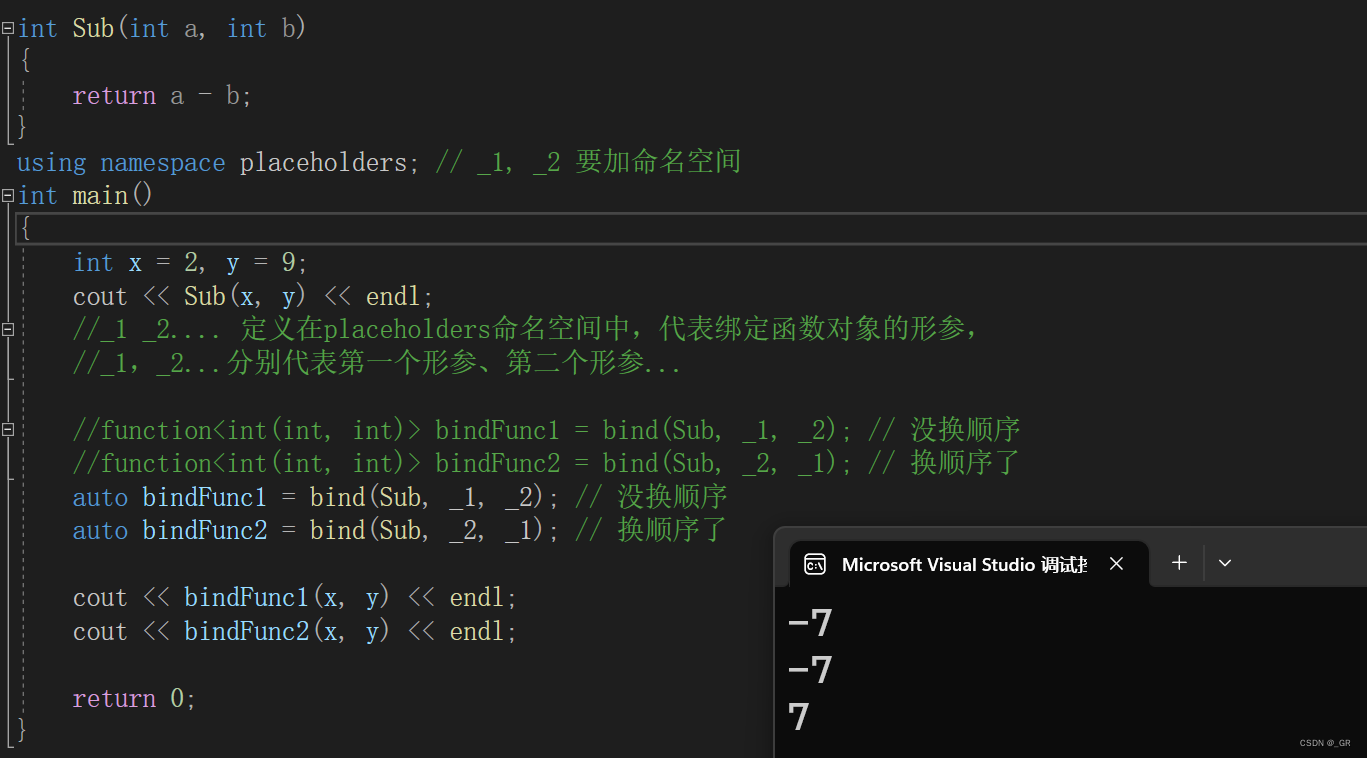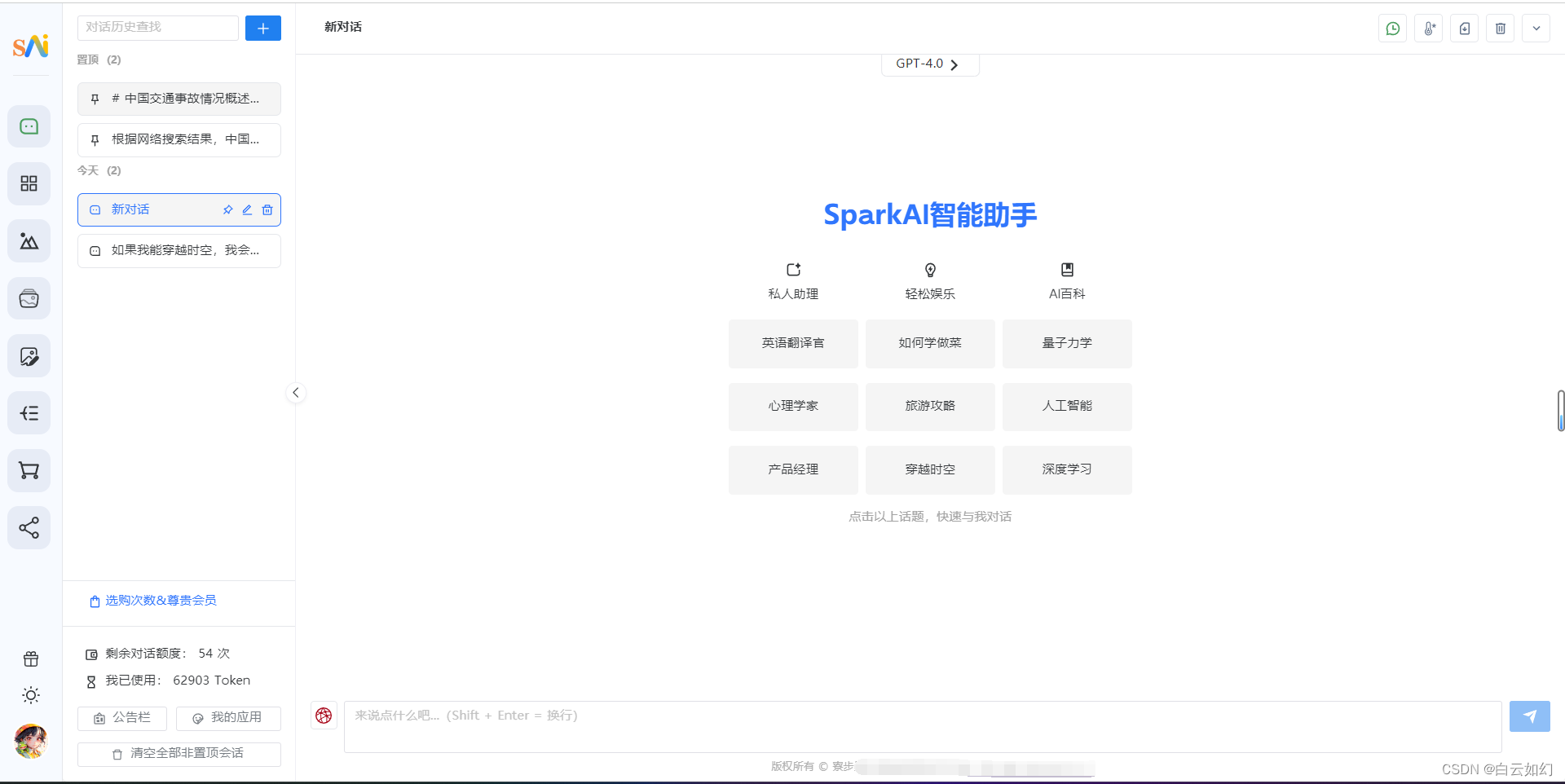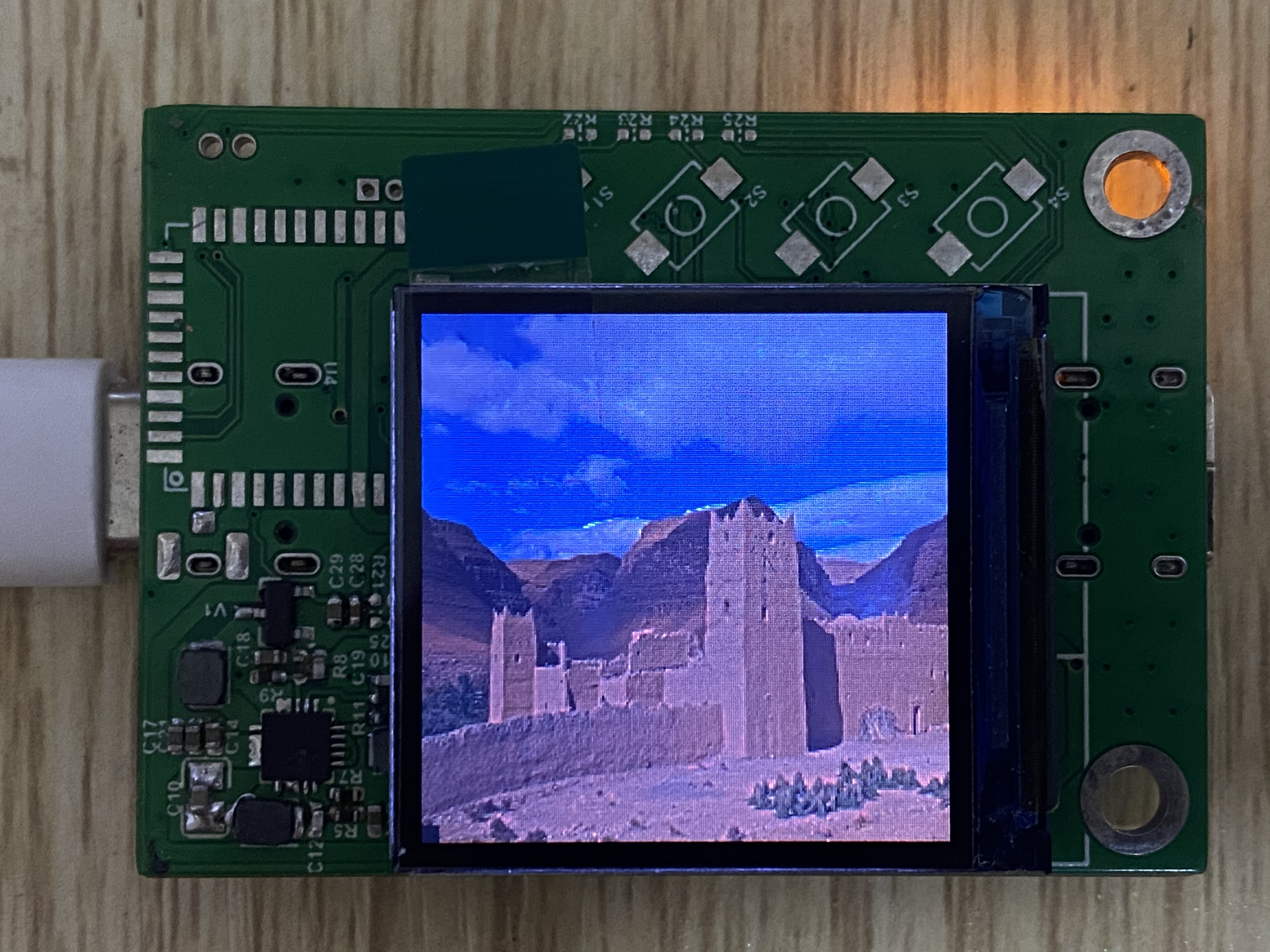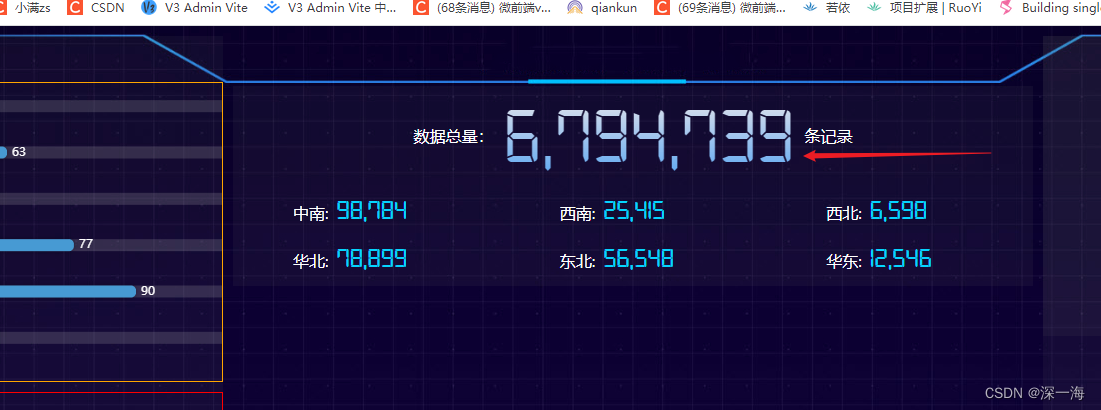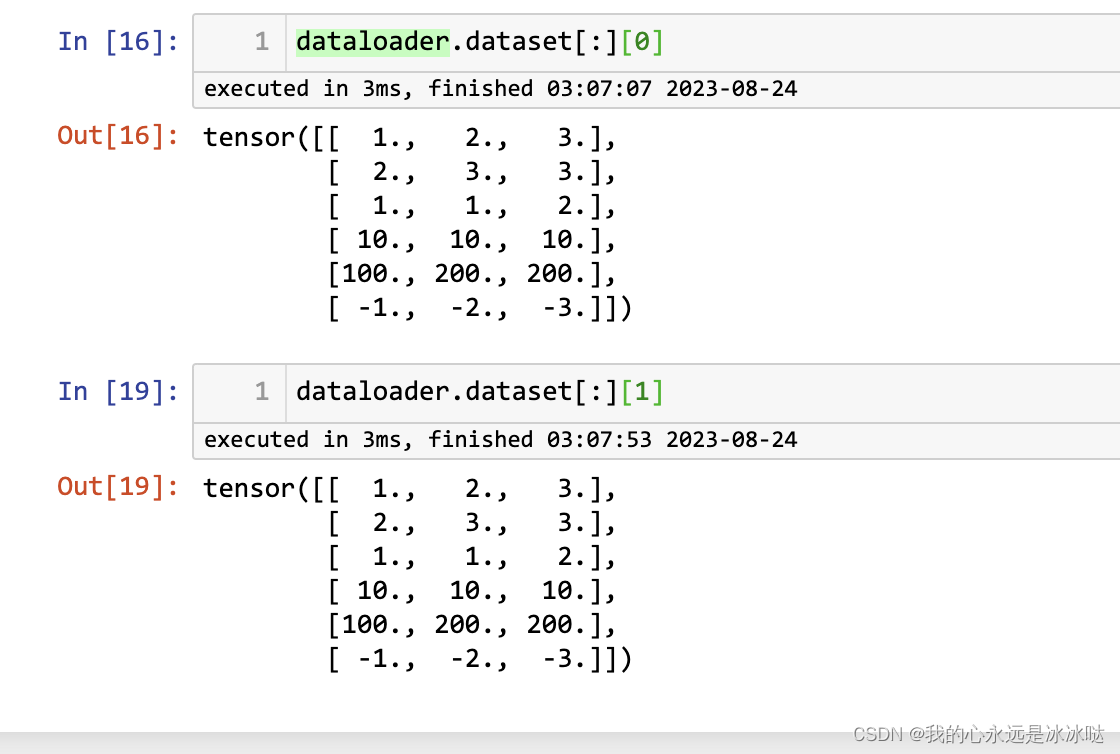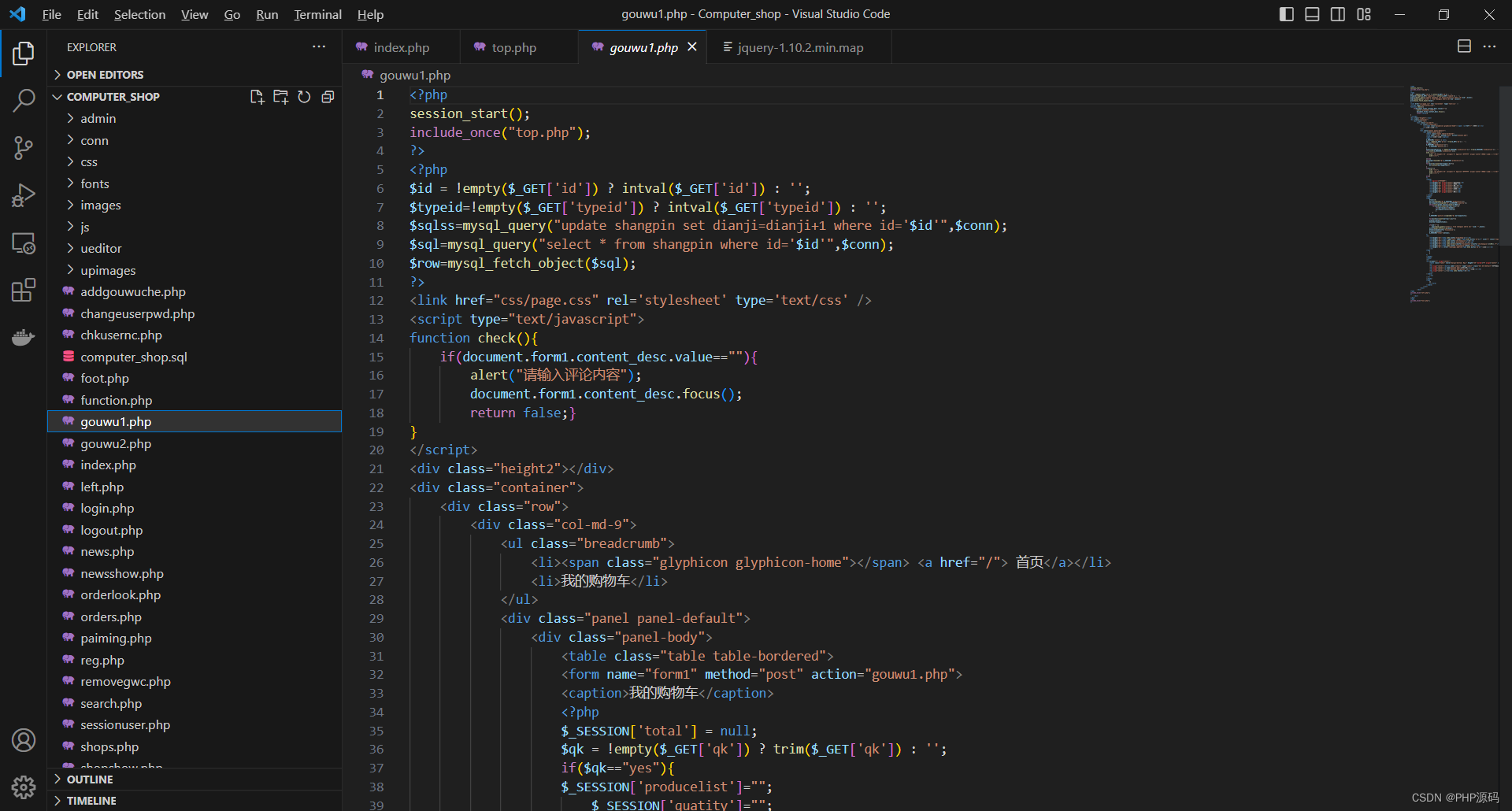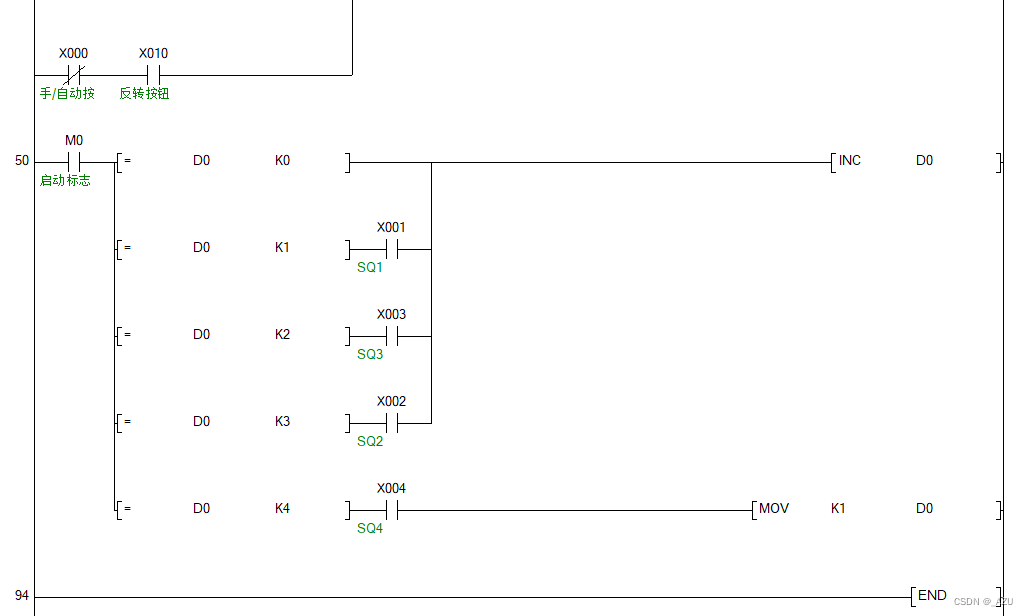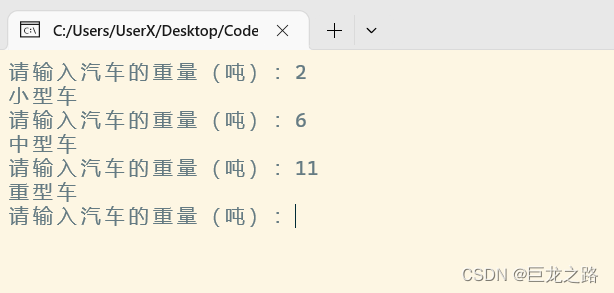文章目录
- 1 概述
- 1.1 什么是Mybatis?
- 1.2 JDBC介绍(了解)
- 1.2.1 问题分析
- 1.2.2 技术对比
- 1.3 数据库连接池
- 1.4 lombok
- 2 Mybatis基础操作
- 2.1 准备
- 2.2 删除
- 2.2.1 日志输入
- 2.2.2 预编译SQL
- 2.2.2.1 介绍
- 2.2.2.2 SQL注入
- 2.2.2.3 参数占位符
- 2.3 新增
- 2.3.1 主键返回
- 2.4 更新
- 2.5 查询
- 2.5.1 根据ID查询
- 2.5.2 数据封装
- 2.5.3 条件查询
- 2.5.3 参数名说明
- 3 Mybatis的XML配置文件
- 3.1 XML配置文件规范
- 4 Mybatis动态SQL
- 4.1 什么是动态SQL
- 4.2 动态SQL-if
- 4.3 动态SQL-foreach
- 4.4 动态SQL-sql&include
1 概述
1.1 什么是Mybatis?
-
MyBatis是一款优秀的 持久层 框架,用于简化JDBC的开发。
-
MyBatis本是 Apache的一个开源项目iBatis,2010年这个项目由apache迁移到了google code,并且改名为MyBatis 。2013年11月迁移到Github。
-
官网:https://mybatis.org/mybatis-3/zh/index.html
在上面我们提到了两个词:一个是持久层,另一个是框架。
- 持久层:指的是就是数据访问层(dao),是用来操作数据库的。

- 框架:是一个半成品软件,是一套可重用的、通用的、软件基础代码模型。在框架的基础上进行软件开发更加高效、规范、通用、可拓展。
1.2 JDBC介绍(了解)
Mybatis框架,就是对原始的JDBC程序的封装。
JDBC: ( Java DataBase Connectivity ),就是使用Java语言操作关系型数据库的一套API。
本质:
-
sun公司官方定义的一套操作所有关系型数据库的规范,即接口。
-
各个数据库厂商去实现这套接口,提供数据库驱动jar包。
-
我们可以使用这套接口(JDBC)编程,真正执行的代码是驱动jar包中的实现类。
1.2.1 问题分析
原始的JDBC程序,存在以下几点问题:
- 数据库链接的四要素(驱动、链接、用户名、密码)全部硬编码在java代码中
- 查询结果的解析及封装非常繁琐
- 每一次查询数据库都需要获取连接,操作完毕后释放连接, 资源浪费, 性能降低
1.2.2 技术对比
在mybatis中,是如何解决这些问题的:
-
数据库连接四要素(驱动、链接、用户名、密码),都配置在springboot默认的配置文件 application.properties中
-
查询结果的解析及封装,由mybatis自动完成映射封装,我们无需关注
-
在mybatis中使用了数据库连接池技术,从而避免了频繁的创建连接、销毁连接而带来的资源浪费。
使用SpringBoot+Mybatis的方式操作数据库,能够提升开发效率、降低资源浪费
而对于Mybatis来说,我们在开发持久层程序操作数据库时,需要重点关注以下两个方面:
- application.properties
#驱动类名称
spring.datasource.driver-class-name=com.mysql.cj.jdbc.Driver
#数据库连接的url
spring.datasource.url=jdbc:mysql://localhost:3306/mybatis
#连接数据库的用户名
spring.datasource.username=root
#连接数据库的密码
spring.datasource.password=1234
- Mapper接口(编写SQL语句)
@Mapper
public interface UserMapper {
@Select("select id, name, age, gender, phone from user")
public List<User> list();
}
1.3 数据库连接池
没有使用数据库连接池:
- 客户端执行SQL语句:要先创建一个新的连接对象,然后执行SQL语句,SQL语句执行后又需要关闭连接对象从而释放资源,每次执行SQL时都需要创建连接、销毁链接,这种频繁的重复创建销毁的过程是比较耗费计算机的性能。
数据库连接池是个容器,负责分配、管理数据库连接(Connection)
- 程序在启动时,会在数据库连接池(容器)中,创建一定数量的Connection对象
允许应用程序重复使用一个现有的数据库连接,而不是再重新建立一个
- 客户端在执行SQL时,先从连接池中获取一个Connection对象,然后在执行SQL语句,SQL语句执行完之后,释放Connection时就会把Connection对象归还给连接池(Connection对象可以复用)
释放空闲时间超过最大空闲时间的连接,来避免因为没有释放连接而引起的数据库连接遗漏
- 客户端获取到Connection对象了,但是Connection对象并没有去访问数据库(处于空闲),数据库连接池发现Connection对象的空闲时间 > 连接池中预设的最大空闲时间,此时数据库连接池就会自动释放掉这个连接对象
数据库连接池的好处:
- 资源重用
- 提升系统响应速度
- 避免数据库连接遗漏
- 产品
-
Druid(德鲁伊)
-
Druid连接池是阿里巴巴开源的数据库连接池项目
-
功能强大,性能优秀,是Java语言最好的数据库连接池之一
- 参考官方地址链接
-
-
- 在pom.xml文件中引入依赖
<dependency>
<!-- Druid连接池依赖 -->
<groupId>com.alibaba</groupId>
<artifactId>druid-spring-boot-starter</artifactId>
<version>1.2.8</version>
</dependency>
- 在application.properties中引入数据库连接配置
方式1:
spring.datasource.druid.driver-class-name=com.mysql.cj.jdbc.Driver
spring.datasource.druid.url=jdbc:mysql://localhost:3306/mybatis
spring.datasource.druid.username=root
spring.datasource.druid.password=1234
方式2:
spring.datasource.driver-class-name=com.mysql.cj.jdbc.Driver
spring.datasource.url=jdbc:mysql://localhost:3306/mybatis
spring.datasource.username=root
spring.datasource.password=1234
1.4 lombok
Lombok是一个实用的Java类库,可以通过简单的注解来简化和消除一些必须有但显得很臃肿的Java代码。
通过注解的形式自动生成构造器、getter/setter、equals、hashcode、toString等方法,并可以自动化生成日志变量,简化java开发、提高效率。
| 注解 | 作用 |
|---|---|
| @Getter/@Setter | 为所有的属性提供get/set方法 |
| @ToString | 会给类自动生成易阅读的 toString 方法 |
| @EqualsAndHashCode | 根据类所拥有的非静态字段自动重写 equals 方法和 hashCode 方法 |
| @Data | 提供了更综合的生成代码功能(@Getter + @Setter + @ToString + @EqualsAndHashCode) |
| @NoArgsConstructor | 为实体类生成无参的构造器方法 |
| @AllArgsConstructor | 为实体类生成除了static修饰的字段之外带有各参数的构造器方法。 |
Lombok的注意事项:
- Lombok会在编译时,会自动生成对应的java代码
- 在使用lombok时,还需要安装一个lombok的插件(新版本的IDEA中自带)
2 Mybatis基础操作
2.1 准备
实施前的准备工作:
- 准备数据库表
- 创建一个新的springboot工程,选择引入对应的起步依赖(mybatis、mysql驱动、lombok)
- application.properties中引入数据库连接信息
- 创建对应的实体类 Emp(实体类属性采用驼峰命名)
- 准备Mapper接口 EmpMapper
准备数据库表
-- 部门管理
create table dept
(
id int unsigned primary key auto_increment comment '主键ID',
name varchar(10) not null unique comment '部门名称',
create_time datetime not null comment '创建时间',
update_time datetime not null comment '修改时间'
) comment '部门表';
-- 部门表测试数据
insert into dept (id, name, create_time, update_time)
values (1, '学工部', now(), now()),
(2, '教研部', now(), now()),
(3, '咨询部', now(), now()),
(4, '就业部', now(), now()),
(5, '人事部', now(), now());
-- 员工管理
create table emp
(
id int unsigned primary key auto_increment comment 'ID',
username varchar(20) not null unique comment '用户名',
password varchar(32) default '123456' comment '密码',
name varchar(10) not null comment '姓名',
gender tinyint unsigned not null comment '性别, 说明: 1 男, 2 女',
image varchar(300) comment '图像',
job tinyint unsigned comment '职位, 说明: 1 班主任,2 讲师, 3 学工主管, 4 教研主管, 5 咨询师',
entrydate date comment '入职时间',
dept_id int unsigned comment '部门ID',
create_time datetime not null comment '创建时间',
update_time datetime not null comment '修改时间'
) comment '员工表';
-- 员工表测试数据
INSERT INTO emp (id, username, password, name, gender, image, job, entrydate, dept_id, create_time, update_time)
VALUES
(1, 'jinyong', '123456', '金庸', 1, '1.jpg', 4, '2000-01-01', 2, now(), now()),
(2, 'zhangwuji', '123456', '张无忌', 1, '2.jpg', 2, '2015-01-01', 2, now(), now()),
(3, 'yangxiao', '123456', '杨逍', 1, '3.jpg', 2, '2008-05-01', 2, now(), now()),
(4, 'weiyixiao', '123456', '韦一笑', 1, '4.jpg', 2, '2007-01-01', 2, now(), now()),
(5, 'changyuchun', '123456', '常遇春', 1, '5.jpg', 2, '2012-12-05', 2, now(), now()),
(6, 'xiaozhao', '123456', '小昭', 2, '6.jpg', 3, '2013-09-05', 1, now(), now()),
(7, 'jixiaofu', '123456', '纪晓芙', 2, '7.jpg', 1, '2005-08-01', 1, now(), now()),
(8, 'zhouzhiruo', '123456', '周芷若', 2, '8.jpg', 1, '2014-11-09', 1, now(), now()),
(9, 'dingminjun', '123456', '丁敏君', 2, '9.jpg', 1, '2011-03-11', 1, now(), now()),
(10, 'zhaomin', '123456', '赵敏', 2, '10.jpg', 1, '2013-09-05', 1, now(), now()),
(11, 'luzhangke', '123456', '鹿杖客', 1, '11.jpg', 5, '2007-02-01', 3, now(), now()),
(12, 'hebiweng', '123456', '鹤笔翁', 1, '12.jpg', 5, '2008-08-18', 3, now(), now()),
(13, 'fangdongbai', '123456', '方东白', 1, '13.jpg', 5, '2012-11-01', 3, now(), now()),
(14, 'zhangsanfeng', '123456', '张三丰', 1, '14.jpg', 2, '2002-08-01', 2, now(), now()),
(15, 'yulianzhou', '123456', '俞莲舟', 1, '15.jpg', 2, '2011-05-01', 2, now(), now()),
(16, 'songyuanqiao', '123456', '宋远桥', 1, '16.jpg', 2, '2010-01-01', 2, now(), now()),
(17, 'chenyouliang', '123456', '陈友谅', 1, '17.jpg', NULL, '2015-03-21', NULL, now(), now());
创建一个新的springboot工程,选择引入对应的起步依赖(mybatis、mysql驱动、lombok)

application.properties中引入数据库连接信息
提示:下面的url、用户名、密码记得换成自己的
#驱动类名称
spring.datasource.driver-class-name=com.mysql.cj.jdbc.Driver
#数据库连接的url
spring.datasource.url=jdbc:mysql://localhost:3306/mybatis
#连接数据库的用户名
spring.datasource.username=root
#连接数据库的密码
spring.datasource.password=1234
创建对应的实体类Emp(实体类属性采用驼峰命名)
@Data
@NoArgsConstructor
@AllArgsConstructor
public class Emp {
private Integer id;
private String username;
private String password;
private String name;
private Short gender;
private String image;
private Short job;
private LocalDate entrydate; //LocalDate类型对应数据表中的date类型
private Integer deptId;
private LocalDateTime createTime;//LocalDateTime类型对应数据表中的datetime类型
private LocalDateTime updateTime;
}
准备Mapper接口:EmpMapper
/*@Mapper注解:表示当前接口为mybatis中的Mapper接口
程序运行时会自动创建接口的实现类对象(代理对象),并交给Spring的IOC容器管理
*/
@Mapper
public interface EmpMapper {
}
完成以上操作后,项目工程结构目录如下:

2.2 删除
功能:根据主键删除数据
- SQL语句
-- 删除id=17的数据
delete from emp where id = 17;
Mybatis框架让程序员更关注于SQL语句
- 接口方法
@Mapper
public interface EmpMapper {
//@Delete("delete from emp where id = 17")
//public void delete();
//以上delete操作的SQL语句中的id值写成固定的17,就表示只能删除id=17的用户数据
//SQL语句中的id值不能写成固定数值,需要变为动态的数值
//解决方案:在delete方法中添加一个参数(用户id),将方法中的参数,传给SQL语句
/**
* 根据id删除数据
* @param id 用户id
*/
@Delete("delete from emp where id = #{id}")//使用#{key}方式获取方法中的参数值
public void delete(Integer id);
}
@Delete注解:用于编写delete操作的SQL语句
如果mapper接口方法形参只有一个普通类型的参数,#{…} 里面的属性名可以随便写,如:#{id}、#{value}。但是建议保持名字一致。
- 测试
- 在单元测试类中通过@Autowired注解注入EmpMapper类型对象
@SpringBootTest
class SpringbootMybatisCrudApplicationTests {
@Autowired //从Spring的IOC容器中,获取类型是EmpMapper的对象并注入
private EmpMapper empMapper;
@Test
public void testDel(){
//调用删除方法
empMapper.delete(16);
}
}
2.2.1 日志输入
在Mybatis当中我们可以借助日志,查看到sql语句的执行、执行传递的参数以及执行结果。具体操作如下:
-
打开application.properties文件
-
开启mybatis的日志,并指定输出到控制台
#指定mybatis输出日志的位置, 输出控制台
mybatis.configuration.log-impl=org.apache.ibatis.logging.stdout.StdOutImpl
开启日志之后,我们再次运行单元测试,可以看到在控制台中,输出了以下的SQL语句信息:

但是我们发现输出的SQL语句:delete from emp where id = ?,我们输入的参数16并没有在后面拼接,id的值是使用?进行占位。那这种SQL语句我们称为预编译SQL。
2.2.2 预编译SQL
2.2.2.1 介绍
预编译SQL有两个优势:
- 性能更高
- 更安全(防止SQL注入)
性能更高:预编译SQL,编译一次之后会将编译后的SQL语句缓存起来,后面再次执行这条语句时,不会再次编译。(只是输入的参数不同)
更安全(防止SQL注入):将敏感字进行转义,保障SQL的安全性。
2.2.2.2 SQL注入
SQL注入:是通过操作输入的数据来修改事先定义好的SQL语句,以达到执行代码对服务器进行攻击的方法。
由于没有对用户输入进行充分检查,而SQL又是拼接而成,在用户输入参数时,在参数中添加一些SQL关键字,达到改变SQL运行结果的目的,也可以完成恶意攻击。
2.2.2.3 参数占位符
在Mybatis中提供的参数占位符有两种:${…} 、#{…}
-
#{…}
- 执行SQL时,会将#{…}替换为?,生成预编译SQL,会自动设置参数值
- 使用时机:参数传递,都使用#{…}
-
${…}
- 拼接SQL。直接将参数拼接在SQL语句中,存在SQL注入问题
- 使用时机:如果对表名、列表进行动态设置时使用
注意事项:在项目开发中,建议使用#{…},生成预编译SQL,防止SQL注入安全。
2.3 新增
SQL语句:
insert into emp(username, name, gender, image, job, entrydate, dept_id, create_time, update_time) values ('songyuanqiao','宋远桥',1,'1.jpg',2,'2012-10-09',2,'2022-10-01 10:00:00','2022-10-01 10:00:00');
接口方法:
@Mapper
public interface EmpMapper {
@Insert("insert into emp(username, name, gender, image, job, entrydate, dept_id, create_time, update_time) values (#{username}, #{name}, #{gender}, #{image}, #{job}, #{entrydate}, #{deptId}, #{createTime}, #{updateTime})")
public void insert(Emp emp);
}
说明:#{…} 里面写的名称是对象的属性名
测试类:
import com.itheima.mapper.EmpMapper;
import com.itheima.pojo.Emp;
import org.junit.jupiter.api.Test;
import org.springframework.beans.factory.annotation.Autowired;
import org.springframework.boot.test.context.SpringBootTest;
import java.time.LocalDate;
import java.time.LocalDateTime;
@SpringBootTest
class SpringbootMybatisCrudApplicationTests {
@Autowired
private EmpMapper empMapper;
@Test
public void testInsert(){
//创建员工对象
Emp emp = new Emp();
emp.setUsername("tom");
emp.setName("汤姆");
emp.setImage("1.jpg");
emp.setGender((short)1);
emp.setJob((short)1);
emp.setEntrydate(LocalDate.of(2000,1,1));
emp.setCreateTime(LocalDateTime.now());
emp.setUpdateTime(LocalDateTime.now());
emp.setDeptId(1);
//调用添加方法
empMapper.insert(emp);
}
}
日志输出:

2.3.1 主键返回
-
概念:在数据添加成功后,需要获取插入数据库数据的主键。
-
默认情况下,执行插入操作时,是不会主键值返回的。如果我们想要拿到主键值,需要在Mapper接口中的方法上添加一个Options注解,并在注解中指定属性useGeneratedKeys=true和keyProperty=“实体类属性名”
主键返回代码实现:
@Mapper
public interface EmpMapper {
//会自动将生成的主键值,赋值给emp对象的id属性
@Options(useGeneratedKeys = true,keyProperty = "id")
@Insert("insert into emp(username, name, gender, image, job, entrydate, dept_id, create_time, update_time) values (#{username}, #{name}, #{gender}, #{image}, #{job}, #{entrydate}, #{deptId}, #{createTime}, #{updateTime})")
public void insert(Emp emp);
}
测试:
@SpringBootTest
class SpringbootMybatisCrudApplicationTests {
@Autowired
private EmpMapper empMapper;
@Test
public void testInsert(){
//创建员工对象
Emp emp = new Emp();
emp.setUsername("jack");
emp.setName("杰克");
emp.setImage("1.jpg");
emp.setGender((short)1);
emp.setJob((short)1);
emp.setEntrydate(LocalDate.of(2000,1,1));
emp.setCreateTime(LocalDateTime.now());
emp.setUpdateTime(LocalDateTime.now());
emp.setDeptId(1);
//调用添加方法
empMapper.insert(emp);
System.out.println(emp.getDeptId());
}
}
2.4 更新
SQL语句:
update emp set username = 'linghushaoxia', name = '令狐少侠', gender = 1 , image = '1.jpg' , job = 2, entrydate = '2012-01-01', dept_id = 2, update_time = '2022-10-01 12:12:12' where id = 18;
接口方法:
@Mapper
public interface EmpMapper {
/**
* 根据id修改员工信息
* @param emp
*/
@Update("update emp set username=#{username}, name=#{name}, gender=#{gender}, image=#{image}, job=#{job}, entrydate=#{entrydate}, dept_id=#{deptId}, update_time=#{updateTime} where id=#{id}")
public void update(Emp emp);
}
测试类:
@SpringBootTest
class SpringbootMybatisCrudApplicationTests {
@Autowired
private EmpMapper empMapper;
@Test
public void testUpdate(){
//要修改的员工信息
Emp emp = new Emp();
emp.setId(23);
emp.setUsername("songdaxia");
emp.setPassword(null);
emp.setName("老宋");
emp.setImage("2.jpg");
emp.setGender((short)1);
emp.setJob((short)2);
emp.setEntrydate(LocalDate.of(2012,1,1));
emp.setCreateTime(null);
emp.setUpdateTime(LocalDateTime.now());
emp.setDeptId(2);
//调用方法,修改员工数据
empMapper.update(emp);
}
}
2.5 查询
2.5.1 根据ID查询
SQL语句:
select id, username, password, name, gender, image, job, entrydate, dept_id, create_time, update_time from emp;
接口方法:
@Mapper
public interface EmpMapper {
@Select("select id, username, password, name, gender, image, job, entrydate, dept_id, create_time, update_time from emp where id=#{id}")
public Emp getById(Integer id);
}
测试类:
@SpringBootTest
class SpringbootMybatisCrudApplicationTests {
@Autowired
private EmpMapper empMapper;
@Test
public void testGetById(){
Emp emp = empMapper.getById(1);
System.out.println(emp);
}
}
执行结果:
而在测试的过程中,我们会发现有几个字段(deptId、createTime、updateTime)是没有数据值的
2.5.2 数据封装
我们看到查询返回的结果中大部分字段是有值的,但是deptId,createTime,updateTime这几个字段是没有值的,而数据库中是有对应的字段值的,这是为什么呢?
原因如下:
- 实体类属性名和数据库表查询返回的字段名一致,mybatis会自动封装。
- 如果实体类属性名和数据库表查询返回的字段名不一致,不能自动封装。
解决方案:
- 起别名
- 结果映射
- 开启驼峰命名
起别名:在SQL语句中,对不一样的列名起别名,别名和实体类属性名一样
@Select("select id, username, password, name, gender, image, job, entrydate, " +
"dept_id AS deptId, create_time AS createTime, update_time AS updateTime " +
"from emp " +
"where id=#{id}")
public Emp getById(Integer id);
再次执行测试类:
手动结果映射:通过 @Results及@Result 进行手动结果映射
@Results({@Result(column = "dept_id", property = "deptId"),
@Result(column = "create_time", property = "createTime"),
@Result(column = "update_time", property = "updateTime")})
@Select("select id, username, password, name, gender, image, job, entrydate, dept_id, create_time, update_time from emp where id=#{id}")
public Emp getById(Integer id);
@Results源代码:
@Documented @Retention(RetentionPolicy.RUNTIME) @Target({ElementType.METHOD}) public @interface Results { String id() default ""; Result[] value() default {}; //Result类型的数组 }@Result源代码:
@Documented @Retention(RetentionPolicy.RUNTIME) @Target({ElementType.METHOD}) @Repeatable(Results.class) public @interface Result { boolean id() default false;//表示当前列是否为主键(true:是主键) String column() default "";//指定表中字段名 String property() default "";//指定类中属性名 Class<?> javaType() default void.class; JdbcType jdbcType() default JdbcType.UNDEFINED; Class<? extends TypeHandler> typeHandler() default UnknownTypeHandler.class; One one() default @One; Many many() default @Many; }
开启驼峰命名(推荐):如果字段名与属性名符合驼峰命名规则,mybatis会自动通过驼峰命名规则映射
驼峰命名规则: abc_xyz => abcXyz
- 表中字段名:abc_xyz
- 类中属性名:abcXyz
# 在application.properties中添加:
mybatis.configuration.map-underscore-to-camel-case=true
要使用驼峰命名前提是 实体类的属性 与 数据库表中的字段名严格遵守驼峰命名。
2.5.3 条件查询
- 使用MySQL提供的字符串拼接函数:concat(‘%’ , ‘关键字’ , ‘%’)
@Mapper
public interface EmpMapper {
@Select("select * from emp " +
"where name like concat('%',#{name},'%') " +
"and gender = #{gender} " +
"and entrydate between #{begin} and #{end} " +
"order by update_time desc")
public List<Emp> list(String name, Short gender, LocalDate begin, LocalDate end);
}
执行结果:生成的SQL都是预编译的SQL语句(性能高、安全)
2.5.3 参数名说明
在上面我们所编写的条件查询功能中,我们需要保证接口中方法的形参名和SQL语句中的参数占位符名相同。
当方法中的形参名和SQL语句中的占位符参数名不相同时,就会出现以下问题:
参数名在不同的SpringBoot版本中,处理方案还不同:
- 在springBoot的2.x版本(保证参数名一致)

springBoot的父工程对compiler编译插件进行了默认的参数parameters配置,使得在编译时,会在生成的字节码文件中保留原方法形参的名称,所以#{…}里面可以直接通过形参名获取对应的值
- 在springBoot的1.x版本/单独使用mybatis(使用@Param注解来指定SQL语句中的参数名)

在编译时,生成的字节码文件当中,不会保留Mapper接口中方法的形参名称,而是使用var1、var2、…这样的形参名字,此时要获取参数值时,就要通过@Param注解来指定SQL语句中的参数名
3 Mybatis的XML配置文件
Mybatis的开发有两种方式:
- 注解
- XML
大家可能会存在一个疑问:到底是使用注解方式开发还是使用XML方式开发?
官方说明:https://mybatis.net.cn/getting-started.html
结论:使用Mybatis的注解,主要是来完成一些简单的增删改查功能。如果需要实现复杂的SQL功能,建议使用XML来配置映射语句。
- idea推荐插件:MybatisX
3.1 XML配置文件规范
使用Mybatis的注解方式,主要是来完成一些简单的增删改查功能。如果需要实现复杂的SQL功能,建议使用XML来配置映射语句,也就是将SQL语句写在XML配置文件中。
在Mybatis中使用XML映射文件方式开发,需要符合一定的规范:
-
XML映射文件的名称与Mapper接口名称一致,并且将XML映射文件和Mapper接口放置在相同包下(同包同名)
-
XML映射文件的namespace属性为Mapper接口全限定名一致
-
XML映射文件中sql语句的id与Mapper接口中的方法名一致,并保持返回类型一致。

<select>标签:就是用于编写select查询语句的。
- resultType属性,指的是查询返回的单条记录所封装的类型。
4 Mybatis动态SQL
4.1 什么是动态SQL
- SQL语句会随着用户的输入或外部条件的变化而变化,我们称为:动态SQL。
4.2 动态SQL-if
-
<if>-
用于判断条件是否成立,如果条件为true,则拼接SQL
-
形式:
<if test="条件表达式"> 要拼接的sql语句 </if>
-
-
<where>- where元素只会在子元素有内容的情况下才插入where子句,而且会自动去除子句的开头的AND或OR
-
<set>- 动态地在行首插入 SET 关键字,并会删掉额外的逗号。(用在update语句中)
4.3 动态SQL-foreach
SQL语句:
delete from emp where id in (1,2,3);
Mapper接口:
@Mapper
public interface EmpMapper {
//批量删除
public void deleteByIds(List<Integer> ids);
}
XML映射文件:
- 使用
<foreach>遍历deleteByIds方法中传递的参数ids集合
<foreach collection="集合名称" item="集合遍历出来的元素/项" separator="每一次遍历使用的分隔符"
open="遍历开始前拼接的片段" close="遍历结束后拼接的片段">
</foreach>
<?xml version="1.0" encoding="UTF-8" ?>
<!DOCTYPE mapper
PUBLIC "-//mybatis.org//DTD Mapper 3.0//EN"
"https://mybatis.org/dtd/mybatis-3-mapper.dtd">
<mapper namespace="com.itheima.mapper.EmpMapper">
<!--删除操作-->
<delete id="deleteByIds">
delete from emp where id in
<foreach collection="ids" item="id" separator="," open="(" close=")">
#{id}
</foreach>
</delete>
</mapper>
执行的SQL语句:
4.4 动态SQL-sql&include
我们可以对重复的代码片段进行抽取,将其通过<sql>标签封装到一个SQL片段,然后再通过<include>标签进行引用。
-
<sql>:定义可重用的SQL片段 -
<include>:通过属性refid,指定包含的SQL片段

SQL片段: 抽取重复的代码
<sql id="commonSelect">
select id, username, password, name, gender, image, job, entrydate, dept_id, create_time, update_time from emp
</sql>
然后通过<include> 标签在原来抽取的地方进行引用。操作如下:
<select id="list" resultType="com.itheima.pojo.Emp">
<include refid="commonSelect"/>
<where>
<if test="name != null">
name like concat('%',#{name},'%')
</if>
<if test="gender != null">
and gender = #{gender}
</if>
<if test="begin != null and end != null">
and entrydate between #{begin} and #{end}
</if>
</where>
order by update_time desc
</select>








